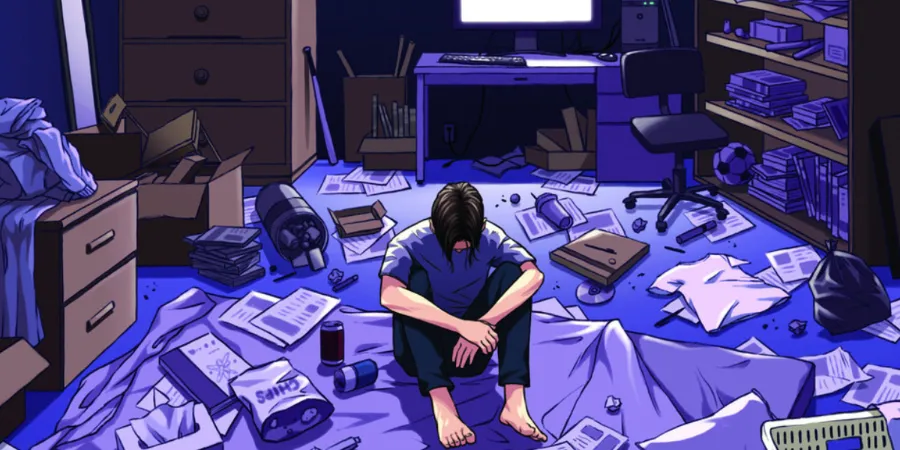Hikikomori - The sad reality of Japan
Hikikomori, a form of severe social withdrawal, is a very common syndrome among the younger Japanese generation. This shows the sad reality of the land of the rising sun, much different from the bright and cheerful Japan often depicted by the media.

Have you heard of this syndrome before? In this article, let’s figure out more about Hikikomori with GoEMON!
1. What is Hikikomori?
Hikikomori (引きこもり) refers to a form of social withdrawal where people prefer to lock themselves up in their rooms, refusing to participate in any sort of social, life, and familial activities for 6 months or more. People with this syndrome would spend all of their time in the comfort of their own room, immersed in the virtual world, and becomes completely isolated from the outside world.
According to data, currently, there are roughly 50 thousand cases of youngsters and a smaller number of cases of middle-aged people with this syndrome. In reality; however, the number can reach up to even millions of people.
2. What are the symptoms of Hikikomori?
There are 2 main types of Hikikomori in Japan. The first type refers to those who are scared of, as well as are not confident enough to interact with other people, and do not want to get out to go to work or school. The second type is those too immersed in the virtual world of manga, anime, games, etc, and would rather lock themselves up in their room rather than go out.
As a country that places much value on independence, in Japan, having to live dependent on one’s family is a lifestyle that is often frowned upon. For Hikikomori, all daily life activities, from eating, sleeping, resting, etc. happen in their room. Thus, it is not uncommon to hear stories of Hikikomori people that stay confined in their room for 2 or 2 years, and in severe cases, 10 years as well.
Their rooms are often very small, with an overall dark and stuffy vibe. There will also be essential items that all people with Hikikomori have, such as manga, movie DVDs, video games, television, and a computer with an Internet connection.
Since there is no need for hard labor, their diet is also very simple, consisting of basic, ready-made food items such as instant noodles or canned food. They also are often asleep during the daytime and awake during the night.
Day after day, they begin to lose all other relationships other with family members. When mad, they would even vent it out on their family. There have been many cases where parents are hurt by their own children with Hikikomori.
3. What causes Hikikomori?
One major cause leading to Hikikomori is that people are too tired or have lost faith in relationships.
Our world has also developed to become so much more digitalized and convenient with the mass use of smartphones and computers. Japan is one of the leading countries having given birth to a plethora of video games that have captured the heart and attention of people from all around the world. This is also an additional reason contributing to the increase of people with Hikikomori.
Additionally, academic pressure is also very common in Japan: from the pressure to get into a prestigious university, the pressure to achieve good academic results, to the pressure to get better grades than your friends, and so on. This explains why Hikikomori is becoming much more common among the younger generations.
Above was the article on Hikikomori in Japan. We hope that the article was useful in providing you with the basic information on this syndrome so that you can avoid becoming a HIkikomori yourself.
Don’t forget to follow GoEMON for the latest updates on life in Japan!